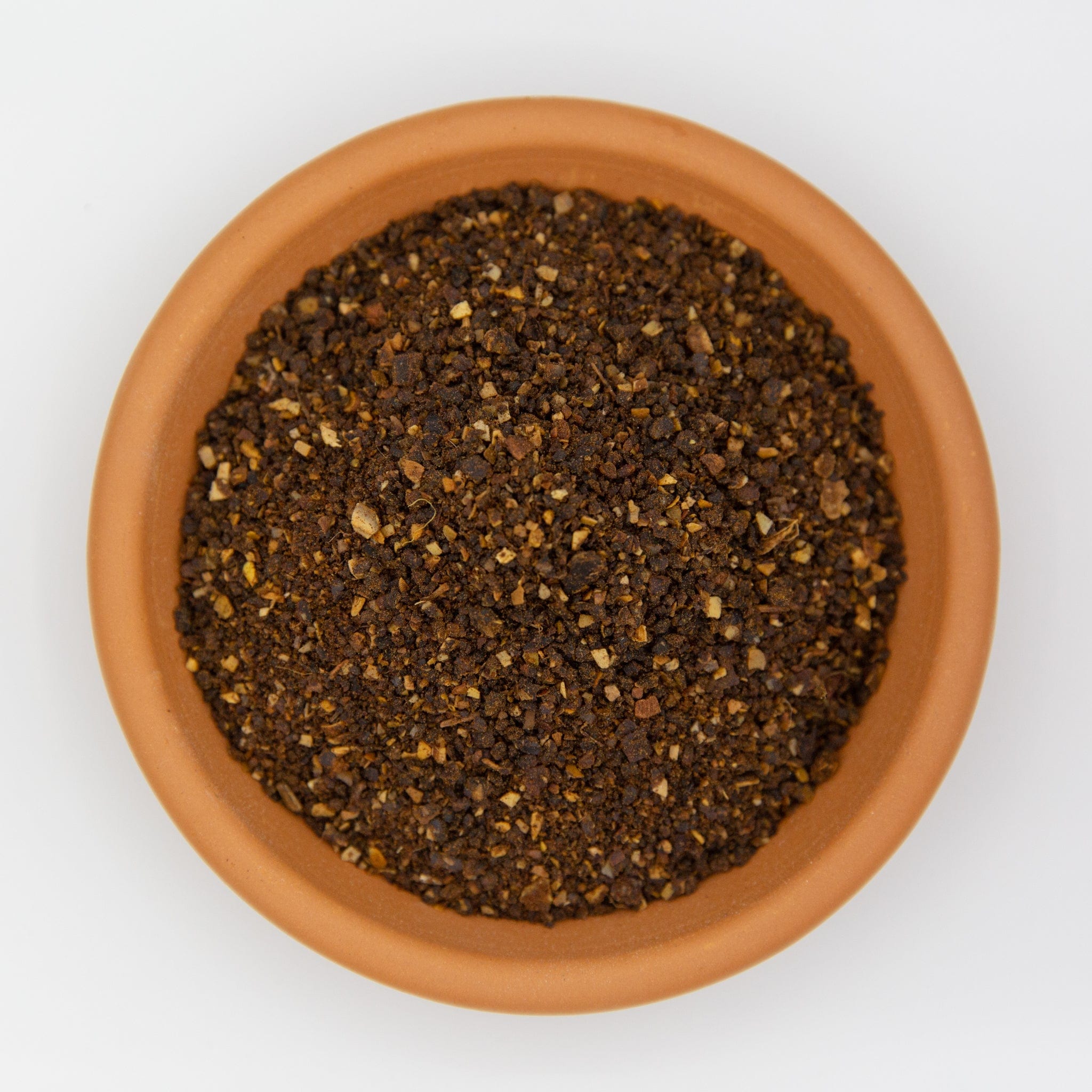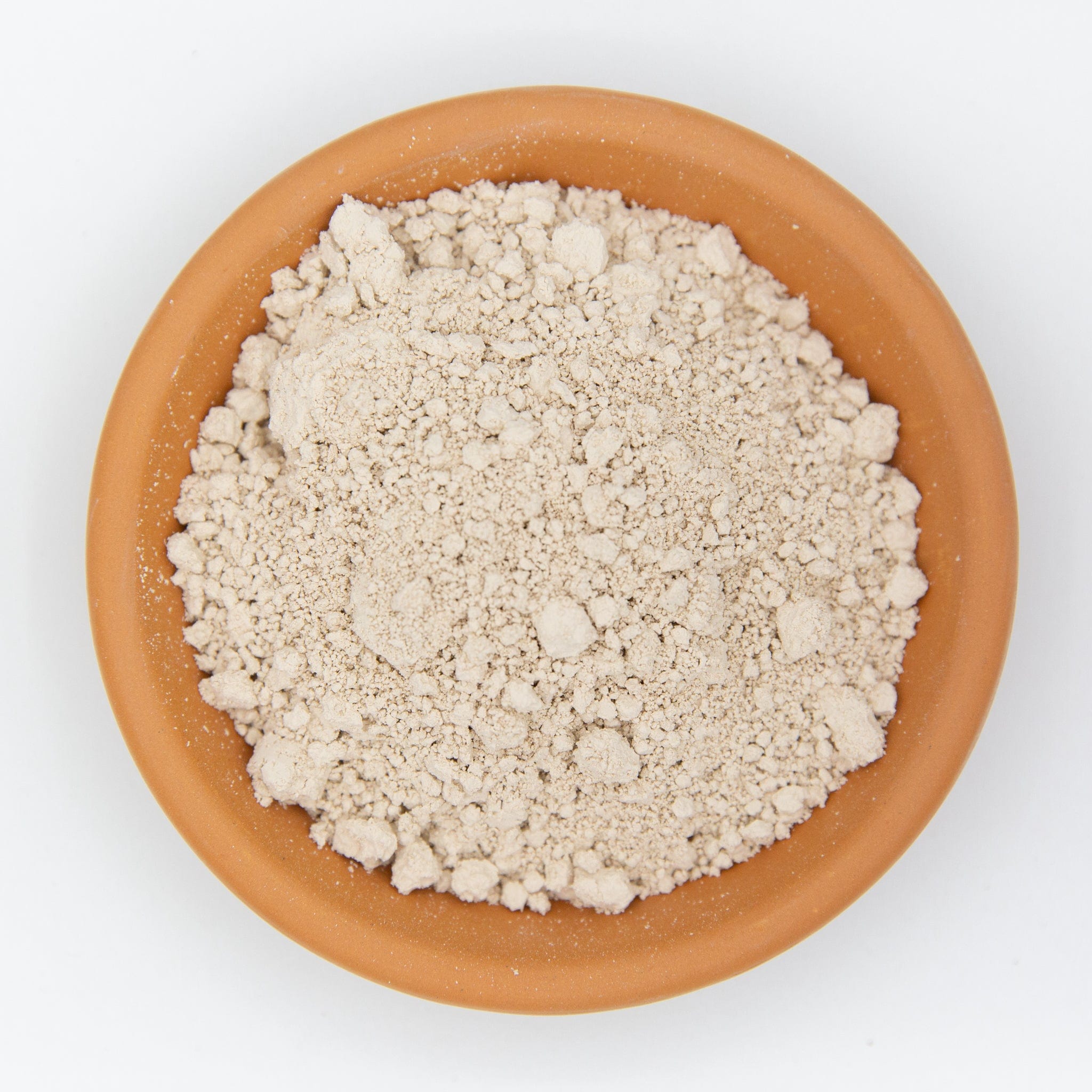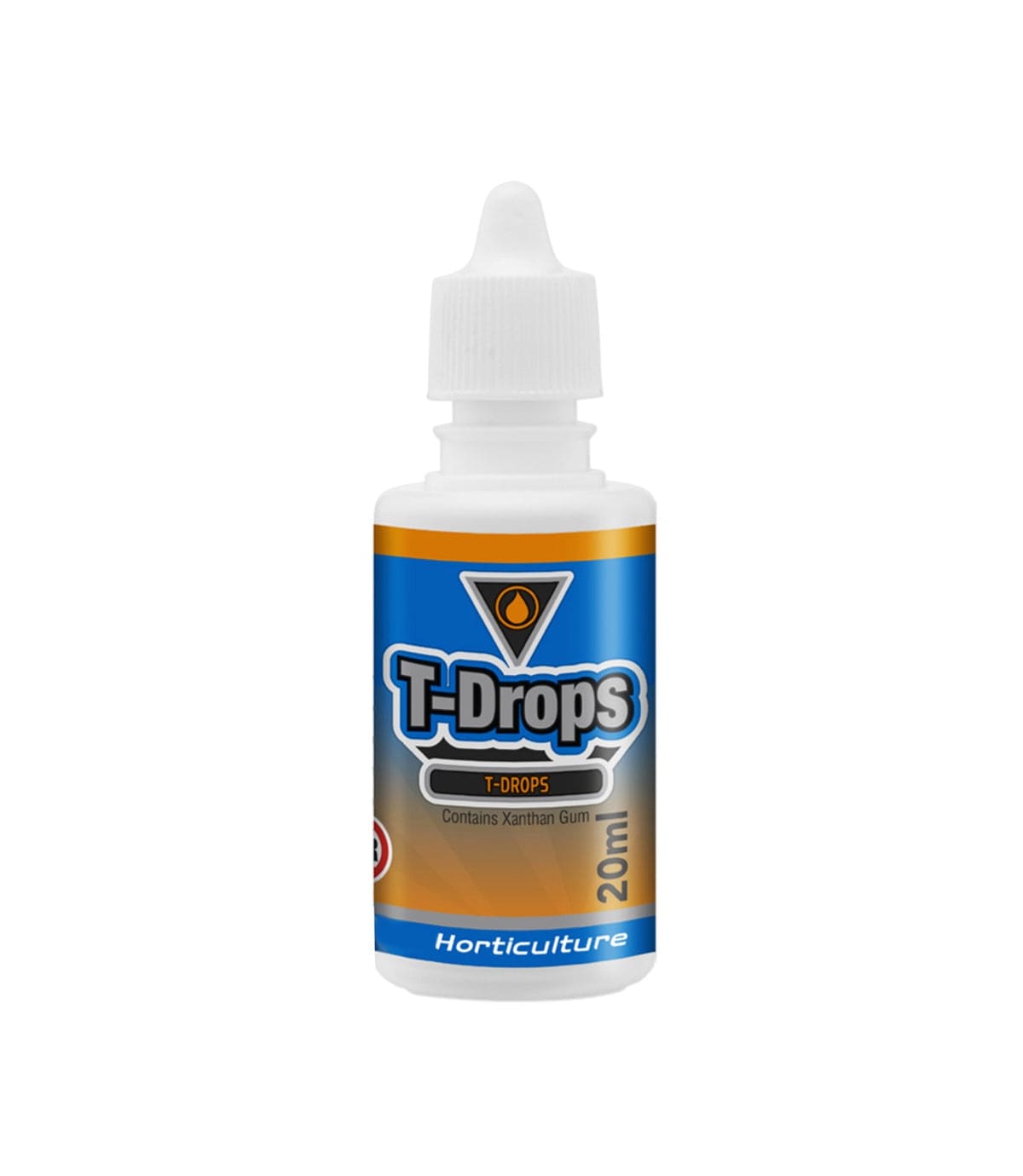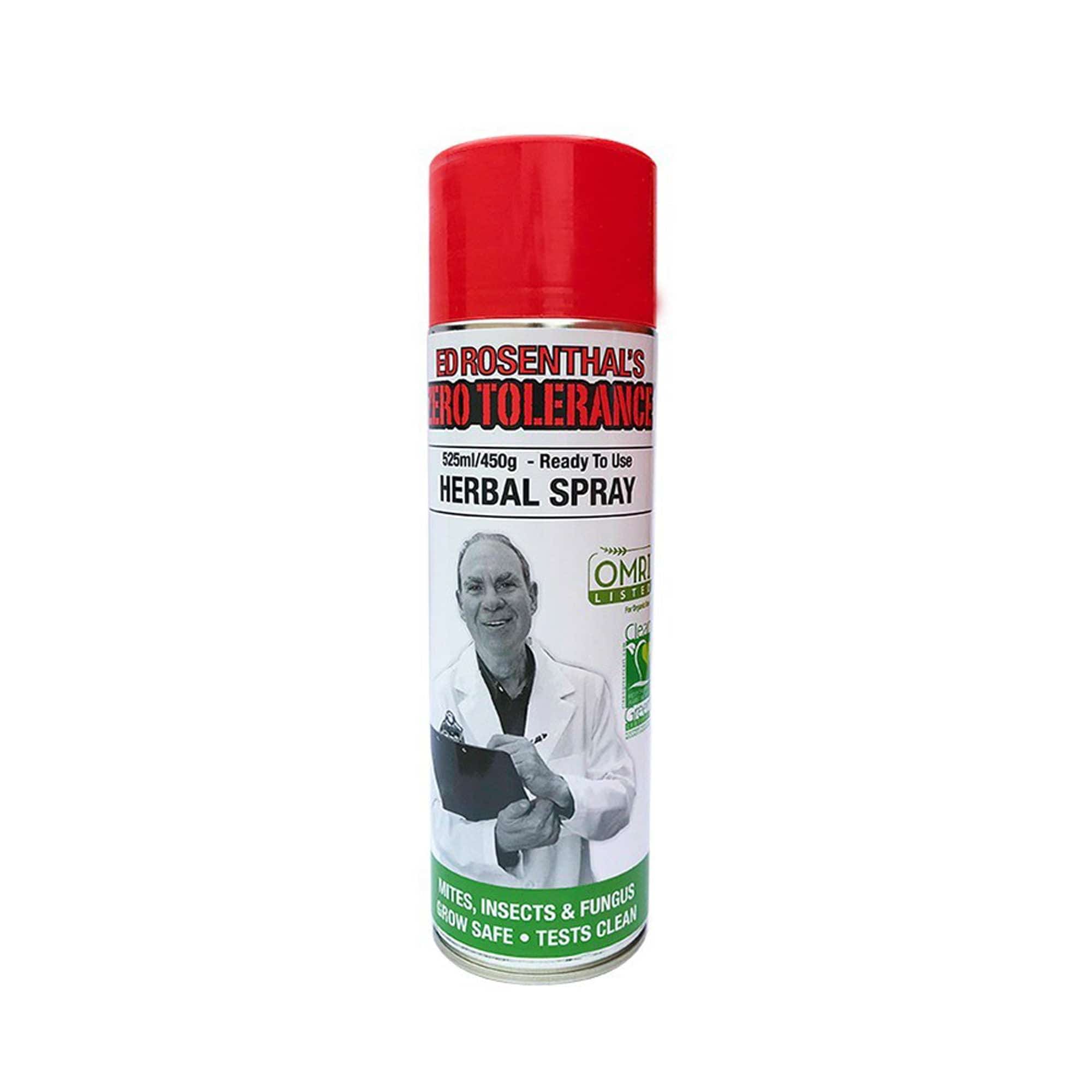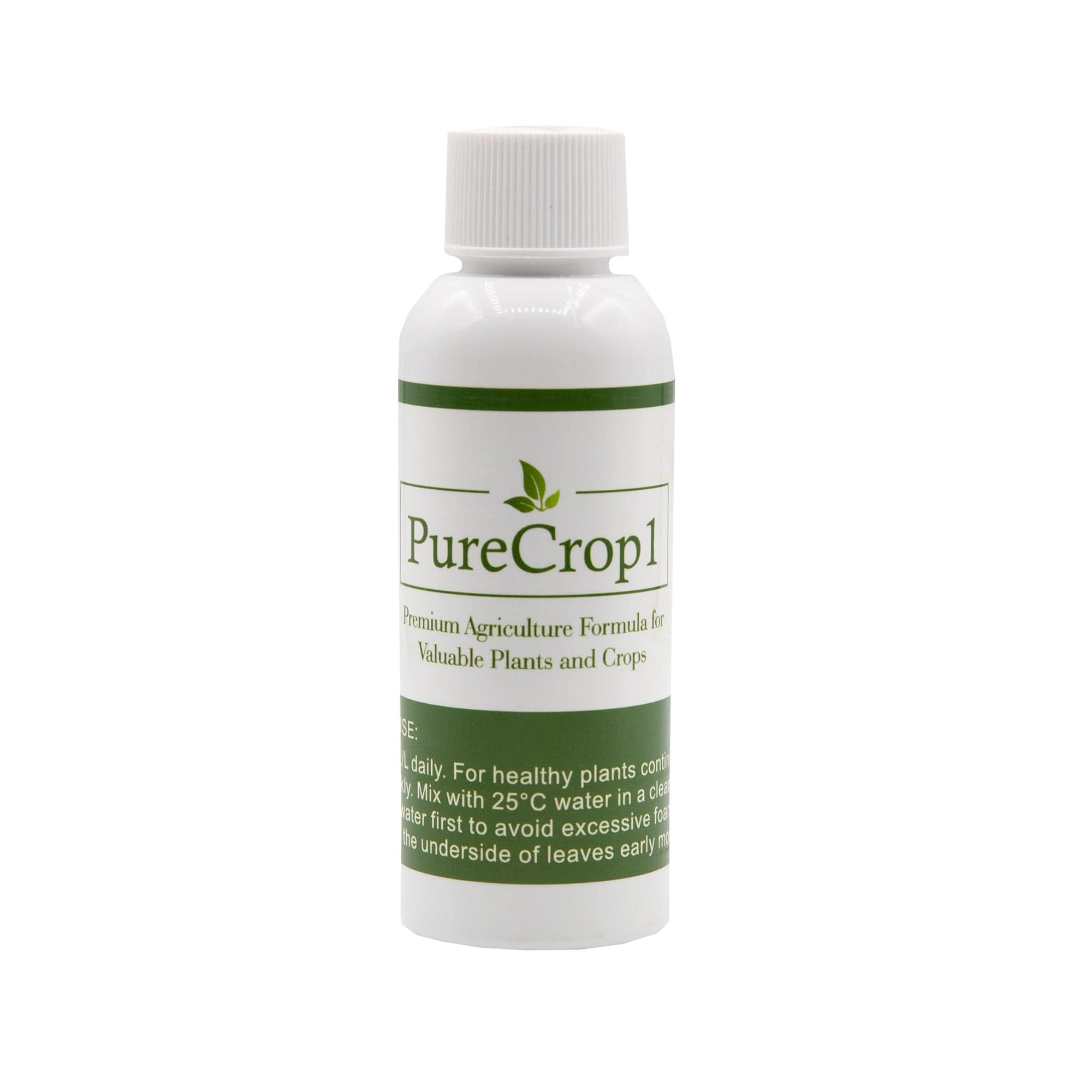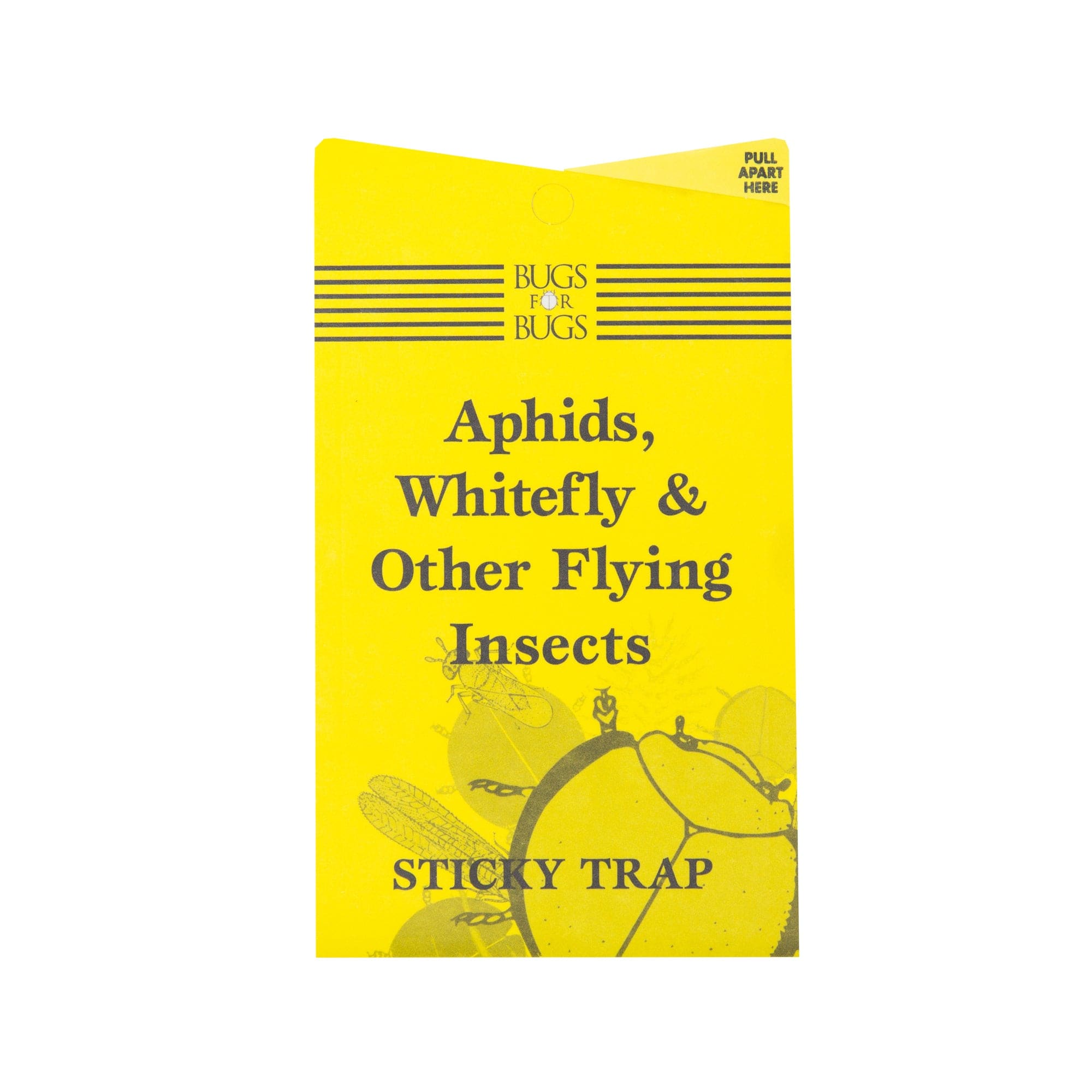Why Fungus Gnats Love Aussie Grow Spaces
Ever lifted a seedling tray and been greeted by a cloud of tiny black “flies”? Those are most likely fungus gnats (Sciaridae and Bradysia spp.). Warm temps, high humidity and rich organic media—in other words, an Australian spring glasshouse—are paradise for them. Left unchecked, their larvae chew roots, stunt growth and invite disease.
Quick ID Checklist
-
Adults: 2–4 mm, mosquito-like, weak flyers that hover around pot rims.
-
Larvae: Clear, worm-like with a shiny black head; wriggle through the top 3 cm of media.
-
Tell-tale signs: Sudden wilting despite moist soil, yellowing lower leaves, and a greasy sheen of frass on the media surface.
-
Paper-Towel Trap: Lay a damp paper towel overnight—if larvae crawl onto it by morning, you’ve got gnats.
The 4-Stage Gnat Life-Cycle
-
Eggs – Laid in clusters a few millimetres below damp media.
-
Larvae – Feed on fungi, algae and tender roots for 7–10 days.
-
Pupae – Rest in a silk-lined cell near the surface.
-
Adults – Live ~7 days, laying up to 300 eggs.
Break any stage and the population crashes—so we’ll tackle all four.
Prevention First—Cultural Hacks
-
Dry the Top Layer: Let the upper 2 cm of soil dry between waterings.
-
Boost Airflow: A small clip-fan keeps surfaces drier and discourages adults.
-
Bottom-Water Seedlings: Moisture stays below the surface where eggs can’t survive.
-
Sterile or Pasteurised Media: Avoid bringing larvae in with bargain potting mix.
For an instant physical barrier, top-dress with a 1 cm layer of coarse diatomite granules such as our Diatomite 3–8 mm.
Stage-by-Stage Knock-Out Plan
1. Surface Barriers (Egg & Larval Control)
-
Gnat Bat Soil Barrier – A ready-to-use, food-grade diatomite blend. Spread 5 mm over the surface; it dries larvae out and blocks adult egg-laying.
-
DIY option: Micronised Diatomaceous Earth dusted onto the media and saucers.
2. Organic Sprays (Larvae & Adult Suppression)
-
Neem + Karanj Oil – Mix 5 ml/L warm water with a few drops of dish soap. Drench the root zone every 5–7 days; the azadirachtin disrupts larval feeding.
-
Ed Rosenthal’s Zero Tolerance – Ready-to-spray botanical oils that smother adults on contact; perfect for a quick knock-down before they lay more eggs.
3. Biological Knock-Out
-
T-Drops (Tanlin/Nil-Nat) – A concentrated BT-israelensis larvicide. Add 1 drop per 2 L of nutrient solution and water in. Larvae die within 24 h.
4. Targeted Chemical Rescue (Heavy Infestations)
-
Scarid 10 – Imidacloprid-based drench for nursery-scale outbreaks. Use strictly as directed; one treatment usually wipes out a generation.
-
Kendon Pyrethrum Concentrate – A natural pyrethrum knock-down for adults; safe for food crops when used at label rates.
5. Root-Zone Sanitation
-
After larvae damage, treat roots with Root Cleaner to flush pathogens and promote new feeder roots.
6. Trapping & Monitoring
-
Hang yellow sticky cards, or upgrade to the reusable Electronic Gnat & Thrip Trap that lures adults with UV before they breed. Replace glue sheets weekly.
7. Combo Solution
Can’t decide? Grab our Fungus Gnat Control Combo—it bundles barrier, spray and trap at 14 % off RRP.
FAQs
How long does it take to clear an infestation?
With a barrier + BT drench + sticky traps, most home growers see >90 % reduction in two weeks.
Are fungus gnats harmful to people?
No bites or stings, but they can transfer pythium and fusarium spores to seedlings.
Can I use hydrogen peroxide?
A 3 % solution (1 part to 4 parts water) will kill larvae but also the good microbes. We prefer targeted options like T-Drops that leave your soil food-web intact.
Will bottom-watering alone fix it?
It helps, but adults may still lay in damp media. Pair it with a surface barrier for best results.
Final Take-away
Fungus gnats thrive where moisture, warmth and organic matter meet. Break that triangle and deploy layered controls—physical barrier, biological larvicide, and adult traps—and you’ll reclaim your grow space fast. Keep the Fungus Gnat Control collection bookmarked so you’re always one step ahead of Australia’s most annoying little flyers.
Pro tip: Set a calendar reminder to refresh barriers and traps every 30 days. Prevention is cheaper than rescue!
(Always read the label and follow local regulations when using any pesticide or larvicide.)
About the Author



